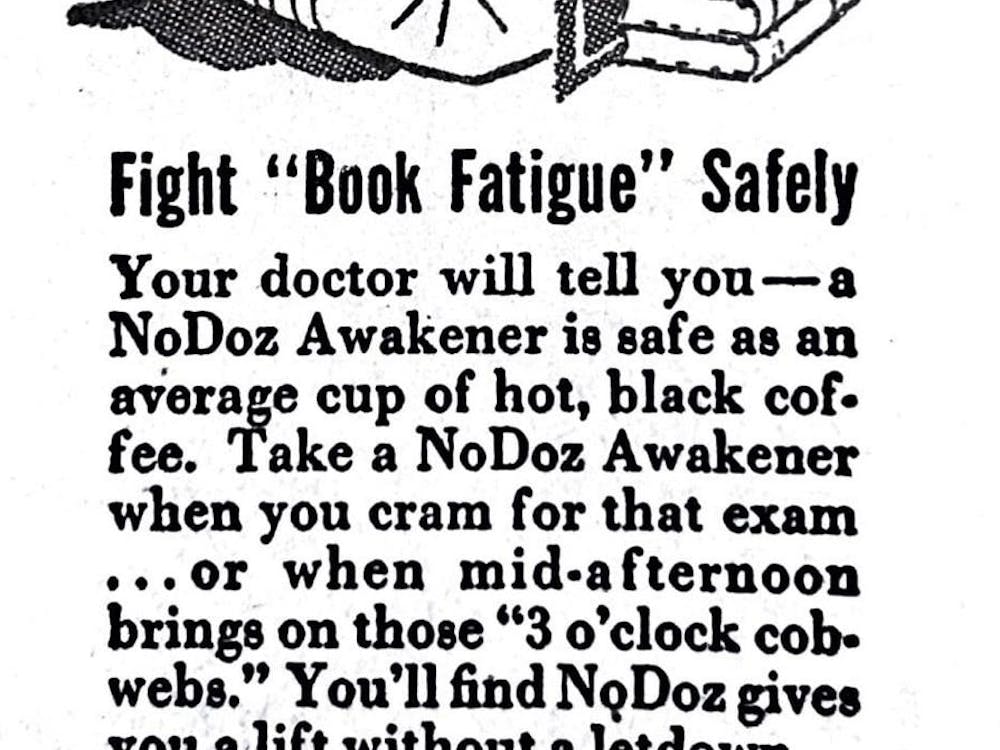The shorter day length and colder weather that comes with the onset of fall can make many people yearn for the sunny days of summer. But for a small percentage of the U.S. population, fall can bring about a deep depression that continues all the way through the winter season. Known as seasonal affective disorder, this condition is not very well understood in the science world. A recent study, however, suggests sufferers of SAD may have a genetic mutation in their retinas that could be a partial cause of their depression.
“Seasonal affective disorder is commonly known as winter depression, but it should be distinguished from feeling blue in the winter,” said Assoc. Biology Prof, Ignacio Provencio, lead researcher of the study. “It is a real form of major depression, affecting between three and eight percent of the population.”
A common treatment for SAD, he said, is light therapy, through which the patient sits in front of a bank of bright lights for a few minutes to a few hours.
“Because of this we thought that people who suffer from SAD perhaps have some kind of light sensitivity issues,” Provencio said. Specifically, he and his colleagues thought SAD sufferers might be less sensitive to light.
Provencio and his colleagues studied a gene known as melanopsin — which is present in a light-sensitive protein — to look for a possible mutation in the gene in SAD cases.
Asst. Psychology Prof. Kathryn Roecklein at the University of Pittsburgh, lead author of the study, said cells containing melanopsin perform non-visual functions that still require light to work, citing pupil reflex as an example of a non-visual function that requires light.
In the study, “we used individuals who were among the first to be studied at NIH with SAD and sequenced their DNA to see if they had any differences in the gene from people who didn’t have SAD,” Roecklein said.
Provencio said the researchers studied about 220 individuals, 130 sufferers of SAD and 90 controls.
“We found seven individuals that carried two mutated copies of this gene.” Provencio said. “All seven of the individuals fell into the SAD group.”
Roecklein said the results show that five percent of the SAD sufferers had two mutated copies of the gene.
“On the one hand, that’s a huge difference because no one who did have two copies didn’t have SAD, but on the other hand, only 5 percent with SAD had two copies, so it doesn’t explain SAD in 95 percent of our sample,” Roecklein said, noting, however, “most of these disorders, like depression, are known as complex disorders which means they are caused by many genes.” Melanopsin may just be one of many genes affecting SAD sufferers, Roecklein said.
The findings of the study could turn out to be a useful diagnostic tool, Provencio said.
“If you carry two mutated copies of this gene, you may indeed be more susceptible to SAD,” he explained.
In the future, Roecklein said another benefit of the study may be an ability to tell which treatment for SAD would work best for each sufferer.
“There are multiple treatments [for SAD] ... and knowing which is most likely to work for a person would help them get better faster.” She stressed, however, that “we’re really not there yet.”
Roecklein said as a next step, she plans to try to replicate the study, as studies like this can occasionally produce false positives.
“It could be that we found this difference but if we repeated with hundreds more people we wouldn’t find it again,” she said. “It’s really not until it’s replicated that we can be more confident that this is a true finding.”






